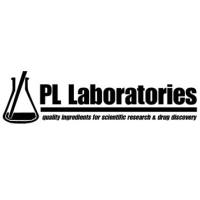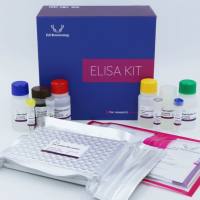FRAP Analysis of Chemosensory Components of Dictyostelium
互联网
603
Dictyostelium discoideum is a useful cell model for studying protein–protein interactions and deciphering complex signaling pathways similar to those found in mammalian systems. Many of these interactions were analyzed using classical in vitro biochemical techniques. However, with the accessibility of fluorescently tagged proteins, extensive protein networks are now being mapped out in living cells using a variety of microscopic techniques. One such technique, fluorescent recovery after photobleaching (FRAP), has been used in Dictyostelium to investigate a number of cellular processes including actin and cytoskeleton dynamics during chemotaxis and cytokinesis (J. Muscle Res. Cell Motil. 23:639–649, 2002; Biophys. J. 81:2010–2019, 2001; Mol. Biol. Cell 16:4256–4266, 2005), to follow trafficking of proteins to organelles such as the membrane, nucleus, and endoplasmic reticulum (Development 130:797–804, 2003; J. Cell Biol. 154:137–146, 2001), and to understand the role of proteins in cell adhesion during motility and division (Mol. Biol. Cell 18:4074–4084, 2007; J. Cell Sci. 120:4302–4309, 2007). FRAP is a powerful tool that should provide a vast amount of information on the mobility of a number of proteins, not only in Dictyostelium , but in many organisms. This study will lay out the methods of conducting FRAP experiments in Dictyostelium and discuss the large amount of knowledge which can be gained by adopting this as a common technique.







